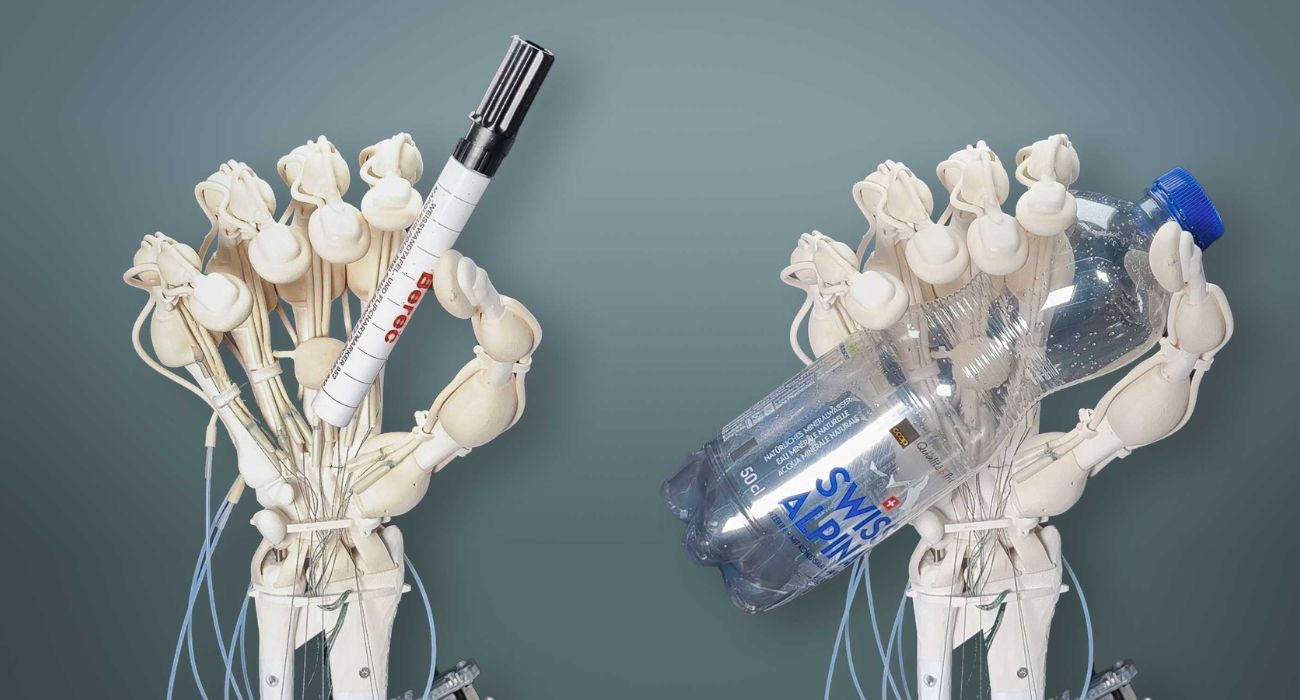Researchers have successfully 3D printed a functional robotic hand, complete with tendons, ligaments, and even bones, made of different polymers using a new laser scanning technique.
Researchers from ETH Zurich, a public research university in Switzerland, announced last week that they have successfully 3D printed a hand complete with the structures found in human hands. Scientists succeeded in printing the various structures by using slow-curing polymers.
Inkbit, a technological company originating from the Massachusetts Institute of Technology (MIT), developed the new printing technology.
Rather than using the traditional 3D printing process which layers fast-curing polyacrylates to create a structure, these scientists implemented a 3D laser scanner that scans each printed layer for surface irregularities, accounting for uneven surfaces in the next subsequent layer rather than smoothing them out.
“A feedback mechanism compensates for these irregularities when printing the next layer by calculating any necessary adjustments to the amount of material to be printed in real-time and with pinpoint accuracy,” said Wojciech Matusik, a professor at MIT.
Researchers from ETH Zurich helped optimize the printing technology. The two schools have jointly published the new technology they created in the journal Nature.
“It remains an open challenge to fabricate functional systems automatically and quickly with a wide range of elastic properties, resolutions, and integrated actuation and sensing channels,” reads the abstract. “We propose an inkjet deposition process called vision-controlled jetting that can create complex systems and robots.
“Hereby, a scanning system captures the three-dimensional print geometry and enables a digital feedback loop, which eliminates the need for mechanical planarizers. This contactless process allows us to use continuously curing chemistries and, therefore, print a broader range of material families and elastic moduli.”
In the case of the newly created hand, researchers used this process to print the hand using slow-curing polymers of varying elasticity. Scientists say that they can use this technology to print “complex, more durable robots” combining soft materials with more rigid ones.
“Robots made of soft materials, such as the hand we developed, have advantages over conventional robots made of metal. Because they’re soft, there is less risk of injury when they work with humans, and they are better suited to handling fragile goods,” said Robert Katzschmann, first author of the study.
Researchers plan to continue exploring the use of the technology to create even more complex and sophisticated structures, as well as to develop additional applications.






